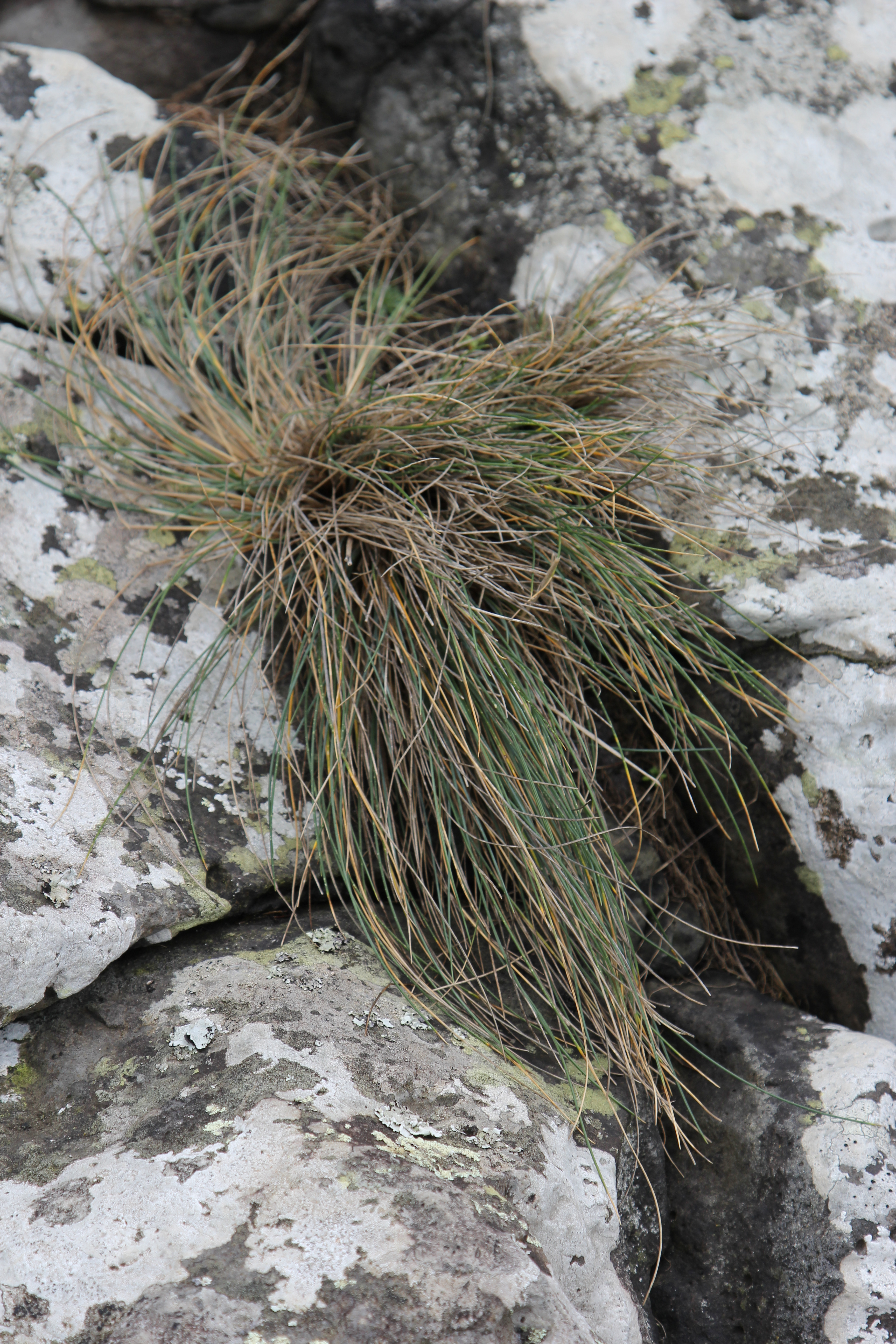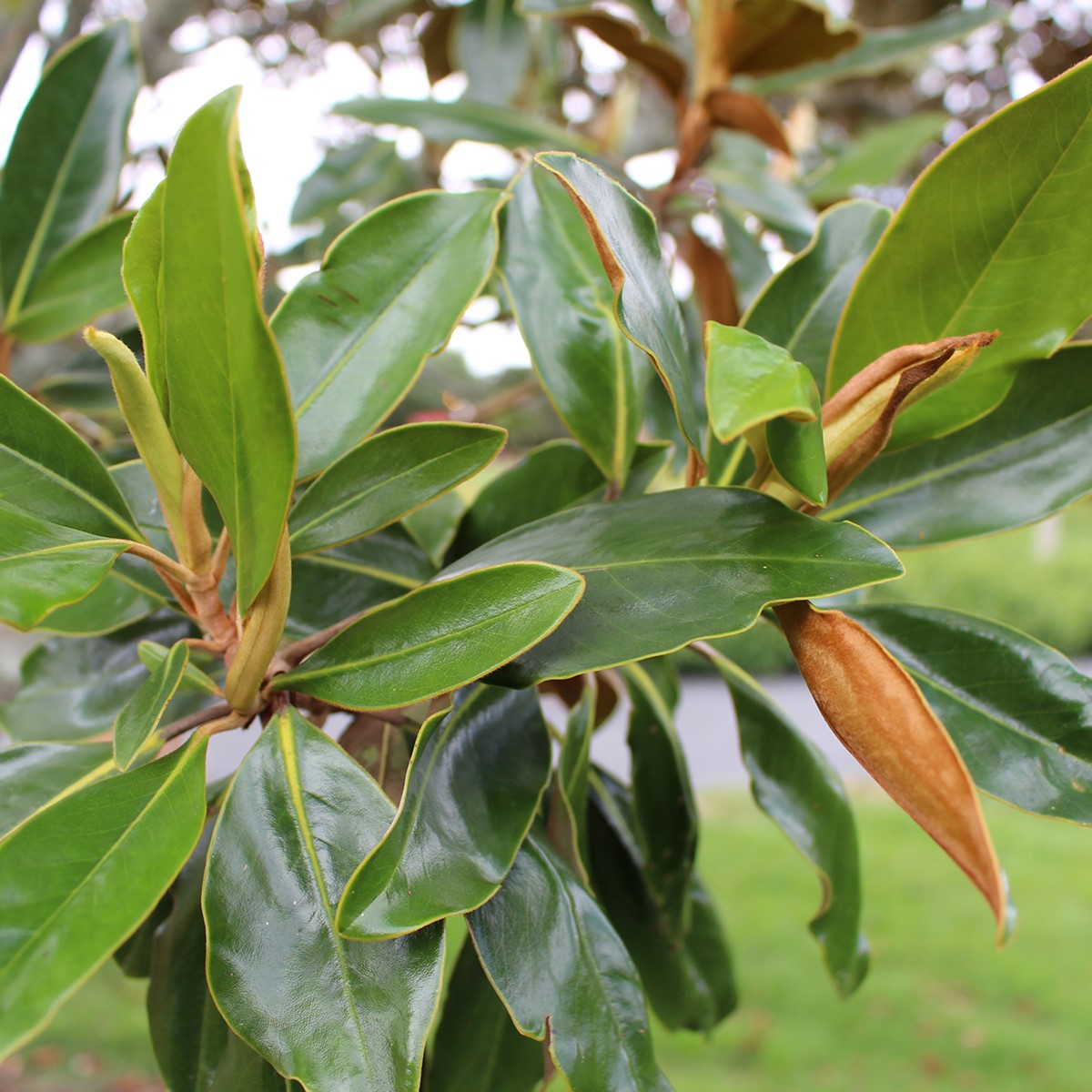Physical characteristics
Flowers and foliage
A clump-forming tussock grass with
Preferred site
Prefers moist soil in
Preparation for planting
Prepare the planting site when soil is moist and easily worked after the first rains in autumn. Remove all weeds and incorporate bark compost or other organic material. On heavy soils, incorporate extra topsoil and coarse pumice sand. Plant when the soil is moist and warm in autumn or early spring so that a good root system develops. Planting too closely leads to spindly growth and eventual decline. In a
Always choose healthy, well grown
Mulch with bark or similar material in spring to conserve moisture. Protection from rabbits may be needed, especially when the
Maintenance tips
Apply mulch
Dividing the
Festuca produce plenty of seed so tend to seed out all over. The resulting new
Avoid
Companion and combination plants
Combine with silver-
Location at Auckland Botanic Gardens
TBC
Interesting facts and tips
This Festuca is a strictly




.jpg?anchor=center&mode=crop&width=1200&height=1200&rnd=131732822304530000)

.jpg?anchor=center&mode=crop&width=1200&height=1200&rnd=132106949760530000)
 .jpg?anchor=center&mode=crop&width=1200&height=1200&rnd=131732822977030000)